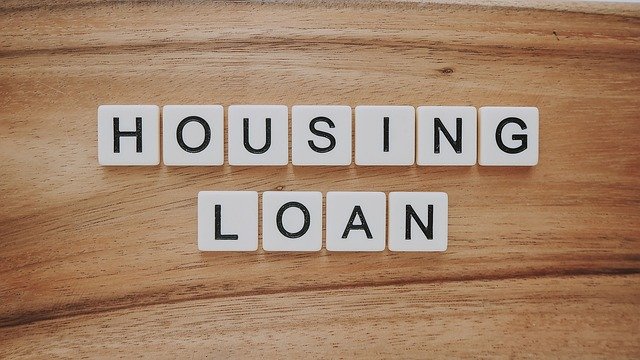Navigating the Exciting World of Green Bonds: A Comprehensive Guide
The ever-evolving landscape of the financial world has recently been colored green. We're not talking about money, but Green Bonds, a rapidly expanding segment of the financial market. Let's delve into the fascinating details of this burgeoning investment opportunity.

Historical Context and Key Developments
Green Bonds, simply put, are fixed-income securities designed to raise funds for environmental projects. The concept of Green Bonds came into existence in 2007 when the European Investment Bank (EIB) issued the world’s first climate awareness bond. However, it wasn’t until 2014 that the market for Green Bonds truly expanded, with issuance reaching $36.6 billion, almost triple the amount in the preceding year.
Current Market Trends and Insights
The Green Bond market has been on a steady growth trajectory, with 2020 witnessing a new high of $269.5 billion in issuances. Despite the COVID-19 pandemic, the environmental, social, and governance (ESG) investment trend continued to gain momentum, with Green Bonds playing a pivotal role. This trend is expected to continue, with forecasts suggesting that Green Bond issuance could reach $450 billion in 2021.
Impact, Benefits, Risks, and Real-world Applications
Green Bonds offer a unique opportunity for investors to fulfill their financial objectives while contributing to environmental sustainability. They provide an avenue for businesses to finance projects that have a positive environmental impact, such as renewable energy, energy efficiency, and waste management projects.
However, like any investment, Green Bonds come with their share of risks. The main risk associated with Green Bonds is the lack of standardization in defining what constitutes a ‘green’ project. This has led to accusations of ‘greenwashing,’ where projects are labeled as green but do not actually contribute significantly to environmental sustainability.
In the real world, Green Bonds have been used to finance a wide array of projects. For instance, Apple Inc. issued a $1 billion Green Bond in 2017 to finance renewable energy and energy efficiency projects at its facilities.
Practical Financial Tips for Green Bond Investment
-
Look for Green Bonds issued by reputable issuers to ensure that the funds are actually used for green projects.
-
Diversify your portfolio by investing in Green Bonds from different sectors and geographical locations.
-
Monitor the performance of your Green Bonds regularly to ensure they are delivering the expected returns and contributing to environmental sustainability.
In conclusion, Green Bonds present an exciting investment opportunity that combines financial returns with environmental sustainability. While they have their share of risks, careful research and due diligence can help investors navigate these potential pitfalls and reap the benefits of this rapidly growing market segment. With the growing focus on ESG investing, Green Bonds are set to play an increasingly important role in the financial world.




